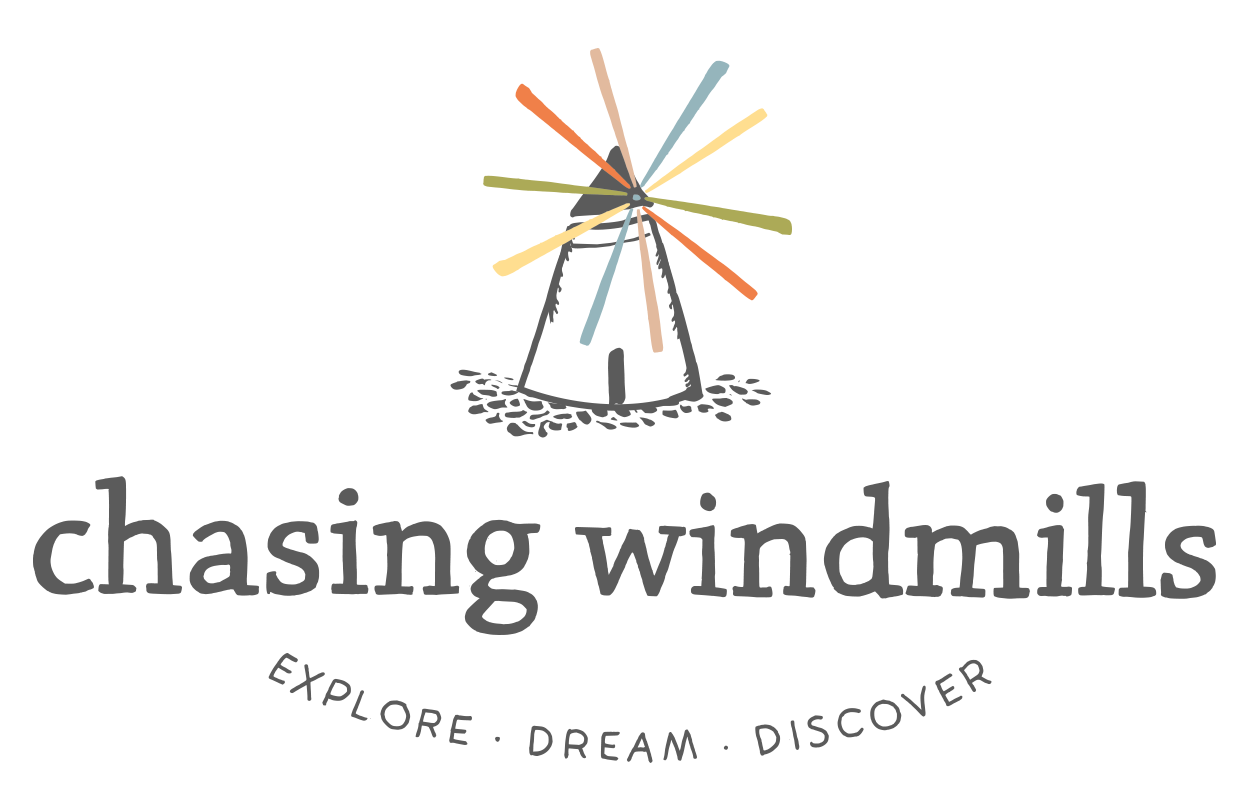We scrambled up the mountain of volcanic debris, fine black sand and crumbling rock, remnants of one of Iceland’s many volcanic eruptions over the past century. Our destination was a “sad glacier” in the words of Snorri, our Icelandic guide.
We were in Þórsmörk, Icelandic for the Valley of Thor, an area marked by lush green valleys, meandering rivers and creeks, mountain peaks, volcanic debris, and glacial ice. Our kids enthusiastically scrambled up the volcanic debris, carefully crossed glacial creeks with Snorri’s help, and made their way to what remained of a once-towering glacier.
Staring up at Mother Nature’s beauty in this magnificent valley, I asked our guide why he called this glacier “sad.” He looked up at the glacier and said, “Because it used to extend from the mountaintop to the valley below. By summer’s end, it will be completely gone. It’s a sad glacier.”
In my naivety, I asked, “is it due to the volcanic activity in the area?” “No,” he responded, “it’s the warmer temperatures.” The once-towering glacier, miles in its coverage, held its ice for centuries. And now, as we approached its edges, we heard it dripping, slowly and inexorably melting into a flowing creek, washing away its history, its legacy, its ice.
Snorri broke off a small piece of the glacier, told our kids that they could taste the ice, filtered purely by volcanic rock and frozen for centuries. They just might be the last people on Earth to see, feel, and taste that glacier.
As I stood there, I watched my kids, totally transfixed in their present exploration. They weren’t thinking about the sadness of this magnificent spot; they weren’t thinking about how their own kids would never see this glacier. But I was.
As our climate reality sets in, I cannot help but feel a stirring mixture of emotions: admiration and awe for Mother Nature’s goodness, sadness for our own collective short-sightedness.
The “sad glacier” we visited is not unique in Iceland, neither for its majestic beauty nor its fleeting existence. In another part of Iceland, a memorial of sorts was recently held for the melting of the Okjökull glacier (or “Ok” for short). Where ice once stood, a plaque now marks the location of the Ok glacier. In Icelandic and English, the plaque reads:
“A letter to the future.”
“Ok is the first Icelandic glacier to lose its status as a glacier. In the next 200 years, all our glaciers are expected to follow the same path. This monument is to acknowledge that we know what is happening and know what needs to be done. Only you know if we did it.”
These words hit me hard. Yes, we know what is happening, and we know what needs to be done. Only our children will know if we did it.
We cannot retrieve what is already lost, but we can preserve and protect what still exists. We cannot live completely off the grid, but we can make conscious choices to live responsibly within our society.
Our children are too young right now to understand things like carbon offsets, the subsidization of wind and solar power, and the political and social will to make change. But they can see the goodness and the beauty of our natural world. And someday, they will be old enough to know whether we — their parents — did enough.
I pray that we do.

